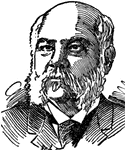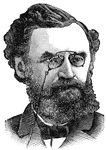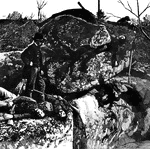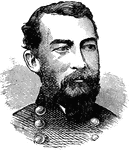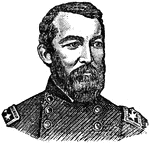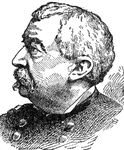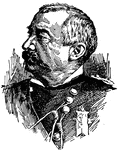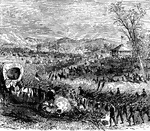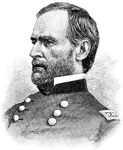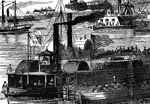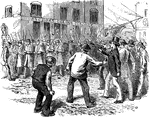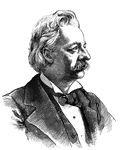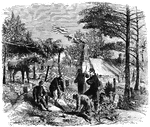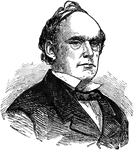
Salmon Portland Chase
Salmon Portland Chase was an American politician and jurist in the Civil War era who served as U.S.…

Battle of Savages Station
"Battle of Savages Station. Brigadier General Smith's division hotly engaged with the enemy, at noon,…

Savannah, Georgia, Looking East
"View of Savannah, Ga., looking east, toward Fort Jackson. Savannah, the entry port of Georgia, is built…
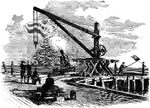
Sawyer gun
"Practicing with the celebrated Sawyer gun on the Confederate batteries at Swell's Point, near Norfolk,…

Confederate Schooner
"Bird's-eye view of the burning of a Confederate schooner in Quantico or Dumfries Creek, Potomac River,…

Schooners
"Removing sunken schooners from Core Sound, N. C., placed to obstruct the passage of the Federal gunboats,…
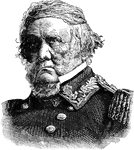
General Winfield Scott
General Winfield Scott (1786 - 1866) was a United States Army general, and unsuccessful presidential…
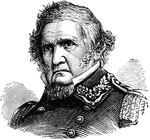
Lieutenant General Winifred Scott
Lieutenant General Winifred Scott, a long-serving US Army officer who ran unsuccessfully for president…
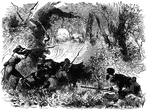
Scouting Party
Scouting party of the ninth Indian volunteers, or, as they were called, "The tigers of the bloody ninth."

Battle of Secessionville
"Battle of Secessionville, James Island, S. C.- bayonet charge of Federal troops, commanded by General…

Second Naval Battle
"Second naval battle in Hampton Roads- fight between the Federal ironclad Monitor, of two guns,…

Selden Estate
"The war on the Upper Potomac- Wilson's Cavalry foraging at the Selden Estate, Clarke County, Va."—…

Seventeenth Corps
"Sherman's Seventeenth Corps crossing the south Edisto River, S. C., on Pontoons, at Bennaker's Bridge,…
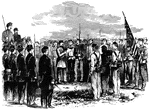
Seventy-ninth Regiment
"Taking away the colors of the Seventy-ninth New York Regiment for insubordination and mutiny, Washington,…

Shannon
"Firing on the schooner Shannon, laden with ice, from the battery on Morris Island, Charleston…
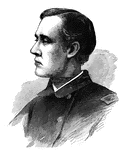
General George H. Sharpe
"General Sharpe, born in Kingston, N. Y., February 26th, 1828, was graduated at Rutgers in 1847; studied…

Crossing of Shenandoah River
"Colonel Pilson's Battery shelling the rear guard of the Confederate General Jackson's Army, at the…

Shenandoah Valley
"The army of General Fremont on its march up the Shenandoah Valley- wounded and ragged soldiers. Fremont…

Valley of the Shenandoah
"Sheridan's campaign in the Valley of the Shenandoah- Battle of Summit Point, Sunday, August 21st, 1864."—…
Sheridan's Campaign
"Sheridan's campaign in the Shenandoah Valley- the Federal forces falling back through Charlestown,…

Sheridan's Great Battle
"The war in Virginia- Sheridan's Great Battle with J. E. B. Stuart at Yellow Tavern, May 11th, 1864-…
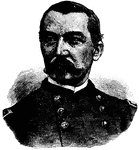
Philip H. Sheridan
(1831-1888) Union soldier who forced out the Confederates from the Shenandoah Valley
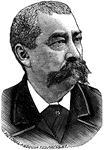
Philip H. Sheridan
A portrait of Philip H. Sheridan. With his career in the U.S Army, Sheridan rapidly rose to become general…

Sherman's Campaign
"Sherman's Campaign in Georgia- the attack of the Fourteenth, Sixteenth and Twentieth Army Corps on…
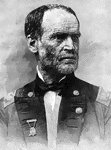
Lieutenant General William Tecumseh Sherman
"General Sherman, born in Lancaster, Ohio, February 8th, 1820; died in New York city, February 14th,…
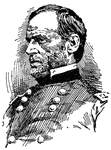
William T. Sherman
William Tecumseh Sherman (February 8, 1820 – February 14, 1891) was an American soldier, businessman,…
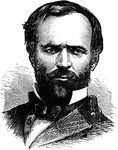
William Tecumseh Sherman
General William Tecumseh Sherman, famous Union general noted for his successful campaigns in the South…

Shiloh Church at Battle of Shiloh
The Shiloh Church is an important landmark during the Civil War during the Battle of Shiloh, also known…
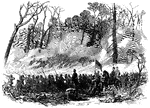
Battle of Shiloh
"Battle of Shiloh, or Pittsburg Landing, left wing- the woods on fire during the engagement of Sunday,…
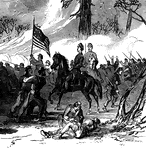
Battle of Shiloh
"Battle of Shiloh, or Pittsburg Landing, left wing- the woods on fire during the engagement of Sunday,…
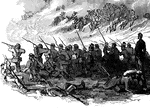
Battle of Shiloh
"Battle of Shiloh, or Pittsburg Landing, left wing- the woods on fire during the engagement of Sunday,…

Ship Island
"Ship Island, near the mouth of the Mississippi- United States war steamer "Mississippi" firing on a…

Siege of Corinth
The Siege of Corinth, also known as the First Battle of Corinth, was a Civil War battle fought from…
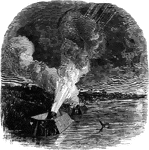
Siege of Island
"Siege of Island No. 10, on the Mississippi River- night bombardment by the Federal mortar boats, ten…

Signal Station
"Federal signal station on Loudoun Heights, Harper's Ferry, communicating with the station on Maryland…
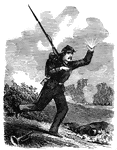
signal with glass
"Signaling with a piece of looking glass. Hints to Soldiers in the camp and on campaign."— Frank…

Sixteenth Regiment
"The Sixteenth Regiment, Ohio Volunteers, under Colonel Irwine, crossing the tray run viaduct, near…

The Sixth regiment
Thousands of patriotic citizens filled every available space in the big railroad station in Jersey City…
Smith's Headquarters
"Carlisle, Pa., showing General Smith's headquarters, and the barracks destroyed by General W. H. F.…

Kirby Smith
"Voluntary dispersion of Kirby Smith's Confederate army at Shreveport, La., May 23rd, 1865. There was…

